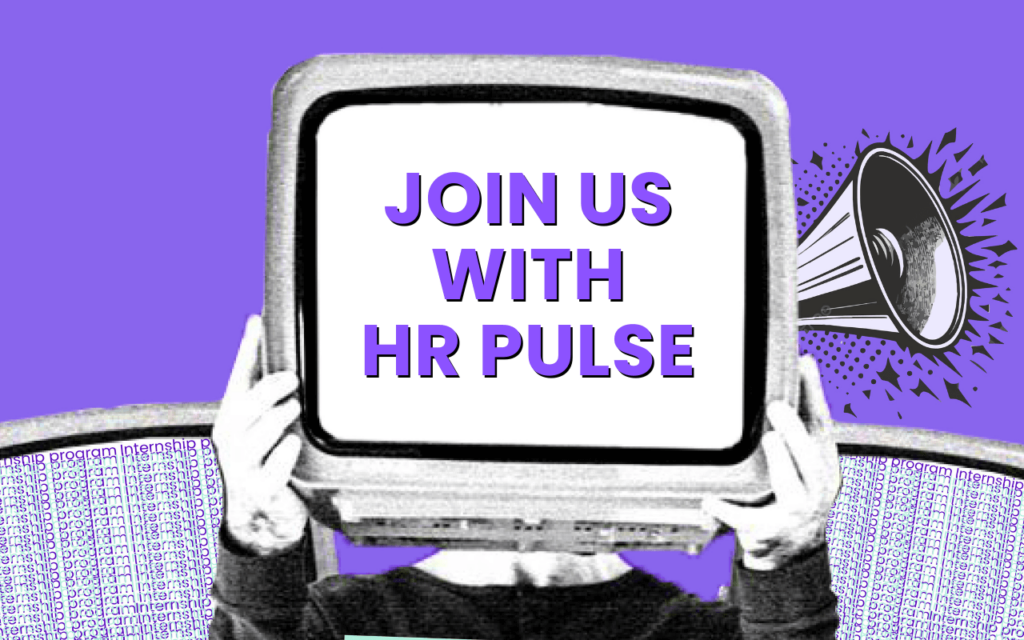Orientation is the initial process that introduces new employees to their workplace, typically beginning on their first day of employment. It provides essential information about the organization, its structure, culture, policies, and the employee’s specific role and responsibilities. Orientation helps new hires acclimate to their new environment, enabling a smoother transition into their position.
When executed consistently across the organization, orientation ensures every employee receives the same foundational experience, reinforcing company values and expectations from the outset.
What Does New Hire Orientation Include?
An effective orientation program should deliver all necessary information a new hire needs to understand their job, team, and the company at large. Typical components include:
- A walkthrough of company policies and behavioral expectations
- Completion of essential HR and legal paperwork
- Opportunities to ask questions or raise early concerns
- Clarification of job duties and performance expectations
- An introduction to workplace health and safety protocols
- A guided tour of the office or job site
- Introductions to colleagues, teams, and leadership
- One-on-one meetings with direct supervisors or department heads
- Enrollment guidance for employee benefits programs
- Setup of all required technology, such as email, laptops, or communication tools
Orientation should be a welcoming, informative, and engaging experience that prepares employees to begin contributing meaningfully from the start.
Is Orientation Paid?
Yes. Orientation is considered part of an employee’s working time and is legally compensable. New hires typically receive their regular wage or salary for attending orientation and completing any related training.
In some cases, organizations may also offer incentives, such as bonuses, upon successful completion of the orientation phase or key onboarding milestones. A well-planned, efficient orientation helps employees feel confident, supported, and ready to perform in their new roles.
Does Orientation Confirm Employment?
Yes. Participation in a new hire orientation generally means the person has officially joined the company. However, employment may still be subject to a probationary period, during which the employer assesses the new hire’s performance, behavior, and cultural fit.
How Long Does Orientation Last?
Formal orientation programs typically last from a few hours to one full week, depending on the complexity of the role and the industry. However, orientation is only the first phase of a broader onboarding journey.
According to Gallup, onboarding should extend over three months or more to help employees fully integrate into the organization and reach peak productivity. Some industries, especially those requiring licensing, certifications, or safety training, may have longer orientation timelines to meet regulatory requirements.
Orientation vs. Onboarding
While related, orientation and onboarding are not the same:
- Orientation begins on the employee’s first day and includes required administrative tasks, introductions, and early training.
- Onboarding begins the moment a job offer is accepted and continues through the first few weeks or months of employment. It includes orientation but also covers deeper cultural immersion, skill-building, and performance ramp-up.
In essence, orientation is a subset of the broader onboarding process.
Why Orientation Matters
Orientation is critical to laying the foundation for a successful employee-employer relationship. It marks the first impression a company makes on its new hires and significantly influences how welcomed, supported, and prepared they feel.
A well-executed orientation affirms a new employee’s decision to join the company and fosters early engagement. Clear communication of expectations, company culture, policies, and support structures reduces confusion, builds trust, and sets new hires up for long-term success. Standardizing the process across departments ensures equity and consistency in how employees are introduced to the organization.
New Hire Orientation Ideas
To make orientation more impactful, organizations can incorporate creative and practical elements:
- Avoid overwhelming new hires with too much data or too many introductions on day one.
- Ensure all equipment and access (e.g., laptops, accounts, phones) is ready in advance.
- Pair new employees with a buddy or mentor who can answer informal questions.
- Provide a welcome pack with branded swag or helpful office supplies.
- Host a team lunch or coffee session to build social connections.
- Offer a tour of the office or job site, including local amenities.
- Share an org chart and explain how their role fits into the company structure.
- Give a company jargon glossary to help them understand internal lingo.
- Assign small starter projects to help them feel productive early on.
- Invite feedback on the onboarding experience to improve it over time.
Pro Tip: Use a New Hire Orientation Checklist
A structured orientation checklist helps ensure no critical step is overlooked. It should include timelines, tasks, meetings, required documentation, introductions, and setup items. This approach promotes accountability and a uniform experience for all new hires.
Many companies now use self-service HR platforms to digitize the orientation process. For example, BambooHR and similar tools automate task reminders and paperwork, allowing HR teams to focus more on engagement and less on administration.







